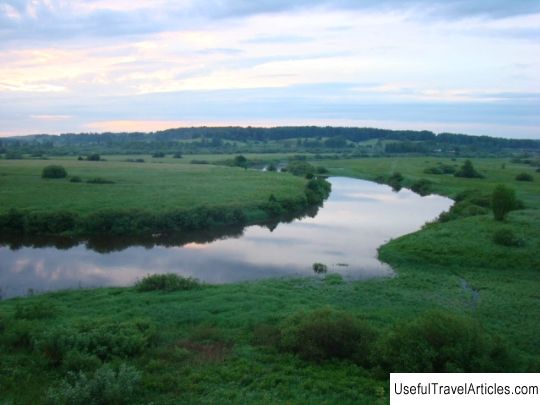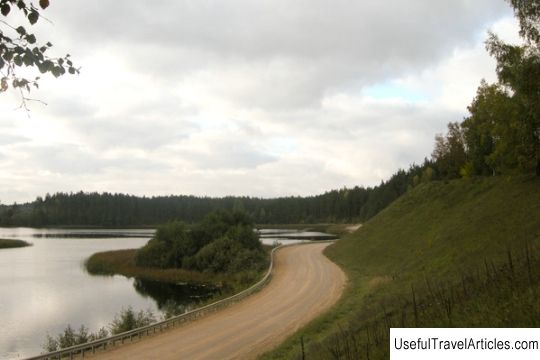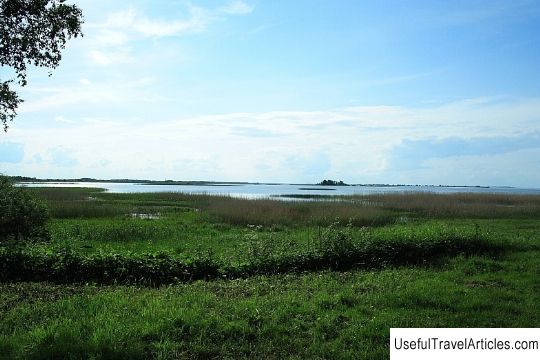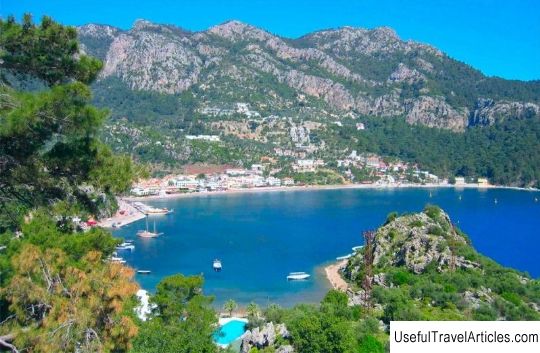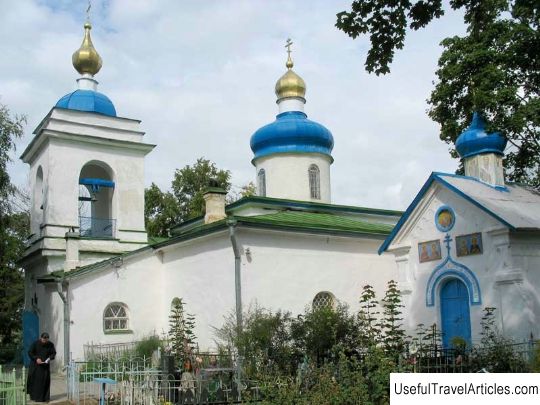Settlement Vrev description and photo - Russia - North-West: Pskov region
Rating: 8,6/10 (4234 votes) 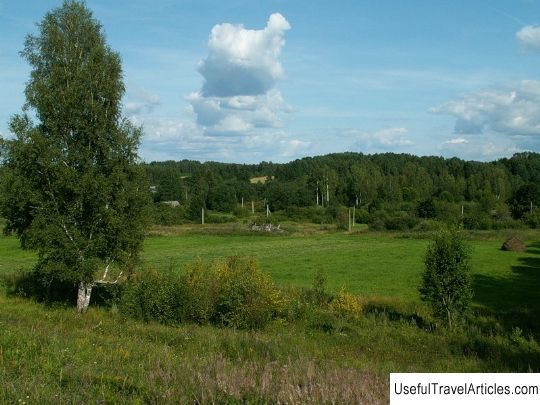
Vrev settlement description and photos - Russia - North-West: Pskov region. Detailed information about the attraction. Description, photos and a map showing the nearest significant objects. Photo and descriptionVrev is a very ancient settlement located on the territory of the Pskov region, which is located between the village of Pushkinskie Gory and the city of Ostrov. The main attraction of the settlement is the hill on which a certain fortress was located in medieval times. At that time, the settlement belonged to the Pskov suburb, and with it there were monasteries and temples. In the course of time, Vreve became a district center, and after that it turned into a churchyard; during the 20th century Vreve became a village. Today, there is not a single inhabitant in the settlement, but until the end of the 1990s life here was still in full swing. People from neighboring villages came to this settlement, because there were shops, a school, and a village club. The largest part of the space in the settlement is occupied, as in ancient times, the cemetery, which can be seen even at the entrance to the village and rises on a long ridge that runs along the main road. The cemetery is especially ancient, although almost all of the ancient graves were destroyed, which is not identifiable. Old stone crosses can be found at this place. In addition, there is an active cemetery on the territory of the settlement, where there are especially remarkable graves. For example, in a small section of the cemetery, on the left side of the road, there is a burial of the clairvoyant Maria Rezitskaya or "Russian Vanga", whose gift is still legendary. Vlas Stepanov, who was known as an experienced beekeeper, is also buried nearby, whose grave is covered by a huge stone slab. On the site of the settlement is also a noble necropolis, where there are burials of the participant of the Caucasian battle, Major General Vrevsky Ippolit Alexandrovich, as well as the governor-general of the Turkestan Territory - Vrevsky Alexander Borisovich. Not far from these places is the grave of his mother - Vrevskaya Eupraxia Nikolaevna, who was a good friend of Pushkin A.S. It is believed that it was from the image of Eupraxia Nikolaevna that the poet wrote the image of Tatyana Larina from his novel "Eugene Onegin". The unique mention of the settlement in the Pskov chronicles appears at the time when Vreva was sieged in 1426 by the army of Vitovt, who was the greatest Lithuanian prince. Scribes dating from 1585-1587 tell about a sharp decline in the number of draft yards located on the facade of the settlement. In the third book, dedicated to the scribal chronicles, the settlement is designated completely empty. By this period of time, only traces of the previously located monasteries remained visible - the female Intercession and the male Ilyinsky. We can say that until the 18th century, Vrev was the center of the entire Vrevsky district in the Pskov province, and after the district was abolished, it became the churchyard of the Myasovo volost in the Ostrovsky district of the same province. Some of the formerly belonging to the Vrevsky district. lands, was granted by the Russian Emperor Paul I to Prince Kurakin. By 1810, Kurakin built a church in the name of the Holy Apostles Paul and Peter in the settlement. This temple was made single-altar and made in the Gothic style. In addition, the church was supplied with a richly executed sacristy, as well as a variety of precious utensils. The consecration of the Church of Paul and Peter took place the following year in the month of February. The church stood in the settlement for a very short time - immediately after the death of the prince, constant destruction began to occur, and in 1828 the temple vault completely collapsed. Not far from the Vrev settlement there are such estates as: Aleksandrovo, Golubovo, Mikhalevo. All these estates were once united by a certain fact that at a certain period of time their owners were representatives of one of the noble families - the barons of Vrevsky. The listed estates were completely looted, after which they were burned during the 1917 revolution. At the moment the settlement is part of the territory of the memorial State natural landscape and historical-literary museum-reserve named after A.S. Pushkin under the name "Mikhailovskoe".       We also recommend reading Church of St. Nicholas (Sankt Nikolai kyrka) description and photos - Sweden: Stockholm Topic: Settlement Vrev description and photo - Russia - North-West: Pskov region. |
